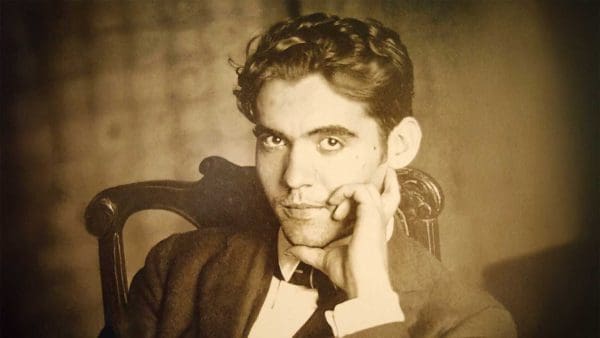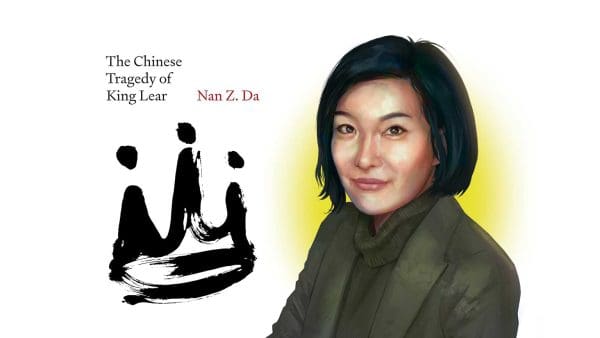Pick up a pen, a cup, a book—no big deal; we don’t give it a second thought, right? But if we close our eyes and pick up the same object, how would we still know what it was? What kind of neurons are firing in the brain that help us recognize objects we hold in our hands and that make those objects feel good or not so good? That’s the question Johns Hopkins neuroscientist Steven Hsiao has been exploring, and earlier this year he began to wonder if art, sculpture in particular, might provide some clues.
Hsiao became involved in a collaborative effort between Johns Hopkins’ Brain Science Institute and The Walters Art Museum to host an interactive exhibition called Touch and the Enjoyment of Sculpture: Exploring the Appeal of Renaissance Statuettes.
Hsiao has been interested in touch for some 30 years, as a graduate student and now as a neuroscientist. But he’d not given it much thought in the realm of aesthetics until the idea for the exhibit was being developed. Joaneath Spicer, curator of Renaissance and baroque art at The Walters, made the perfect partner. She specializes in the fondness for tactile objects—textiles, small statues, even lap dogs—that emerged in the Renaissance after a Middle Ages bereft of touch. This art was specifically made for touching more than for viewing.
Hsiao thought it could be an opportunity to pursue a study of the neural basis of tactile aesthetics. “I was nervous about doing something in a museum, because obviously the studies we conduct in the lab are highly supervised with repeats in each test; very quantitative,” he says.
Hsiao and members of his lab set up six stations at The Walters for visitors to the exhibit. At the first three stations, the “subjects” were asked to touch three different textured surfaces, four different shapes, and three surfaces that differed in curvature, and at each station subjects rated them according to how pleasant the sensations were. At the second three stations, people were asked to hold three different sculptures, some similar to the Renaissance ones on display, and others that had been modified to be smaller, had a textured surface, or had their shape changed. Again, they rated them according to the degree of pleasant sensation.
“Studying something as vague as pleasantness is tough,” admits Hsiao. “We’ve already found a neural code that detects roughness. Now we are trying to understand how sensory information about curvature, size, shape, and texture plays a role in the perception of pleasantness.”
Despite the unsupervised nature of the Walters experiment, Hsiao says “it worked out well.” About 1,500 museum visitors participated in the study so far, and the data is being plotted and compared to that from supervised studies, including one in conjunction with the Maryland Library for the Blind.
“Do blind people perceive [tactile objects] differently from sighted people?” asks Hsiao. “How are their brains interpreting what their hands feel?”
Early results of Hsiao’s yet unpublished research show there are indeed differences between what sighted people find pleasant to the touch and what blind people find pleasant. For example, blind people perceived the most textured objects to be significantly more intense and unpleasant-feeling than did sighted people.
What does this all mean? It’s still a little hard to say for sure, but another aspect of Hsiao’s research points to one possibility. He is studying ways to provide sensory feedback to patients with peripheral sensory loss and prosthetic arms.
“I have a picture of someone with prosthetic arms holding hands. The label is: Imagine that you’ve lost your sense of touch.” While big strides have been made in prosthetics—“we can make something that looks like a hand, and we can motorize it,” says Hsiao—we have not yet found a way to restore touch.




